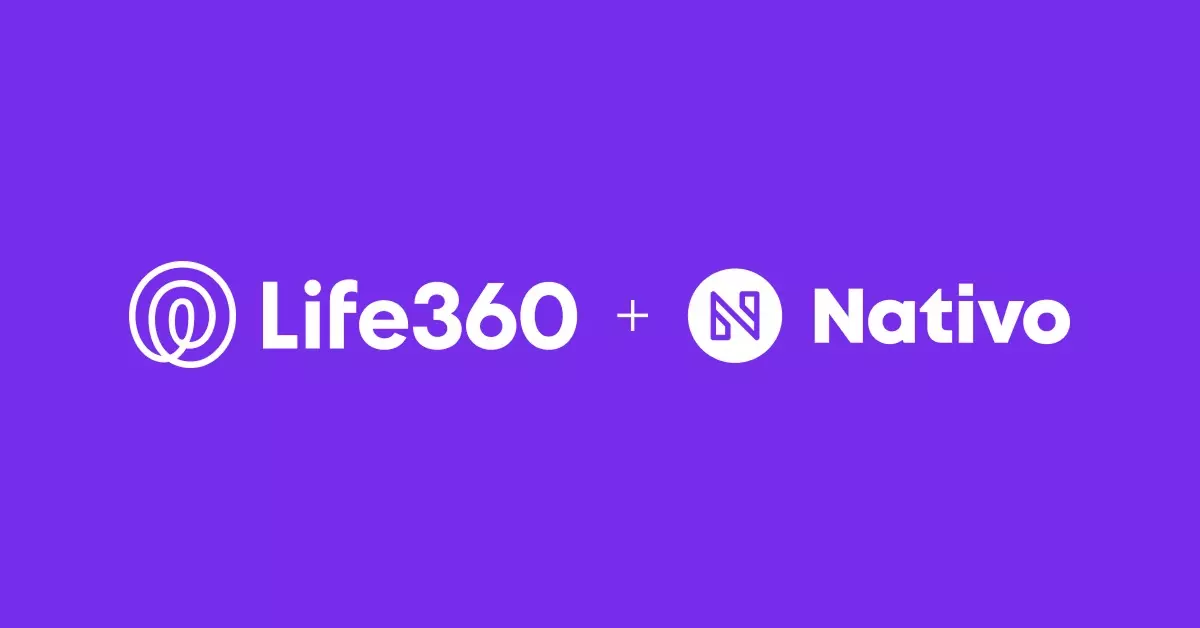The Programmatic Guide To Supply Path Optimization (SPO)

Supply path optimization (SPO) is a major focus for many marketers in 2021—but it's also an area of significant confusion. At its core, SPO is about simplifying the supply chain between advertisers and publishers by cutting out unneeded intermediaries and reducing redundancies. Buyers are looking to streamline partners to obtain access to the inventory they value. But like so many concepts in the ad tech arena, even the term “direct” is being loosely applied in many cases.
Let’s take a look at how the concept of “direct” is being loosely applied these days, as well as best practices for SPO in 2021 and beyond.
What Is SPO?
Since the adoption of header bidding, programmatic marketers have seen a significant increase in auction duplication. To maximize scale, it’s been a common practice for marketers to bid into multiple ad exchanges. However, they’re now finding that many of those exchanges are trying to sell them the same inventory. In some cases, the marketer might be receiving 30 or more bid requests for the exact same impression.
Supply path optimization attempts to solve this problem by identifying auction duplication and removing it. But there are other factors at play as well. SPO isn’t about just finding the “most direct” path. It’s also about what you encounter along that path. Each auction a marketer participates in can have different fees, auction rules and speed requirements (i.e., “tmax,” or the time the exchange takes to close the auction). Together, these factors make advertisers’ campaigns more expensive and less predictable.
The initial goal of SPO was to find the “most direct” path to supply. However, the concept of “direct” is up for interpretation, and it doesn’t address the issue of fees or speed.
The Complicated Nature of “Direct”
Thanks to the efforts of the IAB, new industry standards like ads.txt and sellers.json now force the sell side to identify their place in the supply chain. In this context, “direct” means the exchange you transacted with pays the publisher. A “reseller” means the exchange is authorized to sell the inventory but pays the “direct” seller, which is typically another exchange or ad server that has the contractual relationship with the publisher.
So, if you want to go direct, just remove the resellers—right? That’s one blunt force tactic that can be effective. However, what if the only direct exchanges you work with have higher fees or slow auctions that affect your ability to scale or perform on the inventory you need? The conclusion is that going “direct” isn’t a magic bullet.
To maximize SPO efforts, marketers need to find the most direct, cost-effective and fastest path to supply. One example of how “direct” can be misleading arises when exchanges bid into header bidding wrappers to source their inventory. Some in the industry fairly question how this qualifies as “direct” at all, given that the exchange is accessing the publisher through another party’s tech rather than code on the publisher page. In this scenario, the exchange and the publisher must have a contractual relationship to qualify as direct under the definition provided by the IAB. One box is checked (“direct”), but not the other two (cost-effective and fast).

So how do marketers understand how the inventory they’re bidding on is sourced? And how do marketers understand the fee structures on the exchanges they’re using? Many DSPs and holding companies simply ask for or mandate that this information be provided. Auction speed, however, is a lesser-addressed question that needs to be included in the conversation.
How to Find the Truly Optimized Connections
This all begs the question: Are there exchanges that have truly direct, code-on-page access to publishers, without high fees and unnecessary latency from header bidding auctions? This unicorn is hard to find, but it exists. To uncover them, marketers and agencies need to follow a diligent process to understand these three key factors. Here are the questions to ask:
How is your inventory sourced? Also, can it be validated via ads.txt and sellers.json? “Direct” is a classification for a payment obligation, but marketers need to deduce how much of this “direct” inventory is sourced via a header wrapper versus code directly on the publisher’s page.
How are your auction fees structured? Does the exchange disclose it's take rate? Are there other fees being taken that could affect the clearing price?
What’s the average time required to close the auction? Or simply, what is the exchange’s tmax? A direct-to-publisher, code-on-page path should take no longer than 200 milliseconds. A “direct” path that accesses inventory through a wrapper will often take 500 milliseconds—or even up to several seconds. If this is the case, advertisers need to think twice about the relationship. In fact, one of our publishers recently disclosed that if it takes that long to close an auction, more than 40 percent of its traffic has already scrolled past the ad slot, rendering the opportunity for the advertiser useless.

Like so many things in the digital advertising sphere, supply path optimization is not a simple or straightforward concept—but it is vital nonetheless. Using the approach outlined above can help marketers and agencies improve their SPO efforts and find the purest path to direct, cost-efficient, high-speed (and high-performing) supply.


.jpg)

